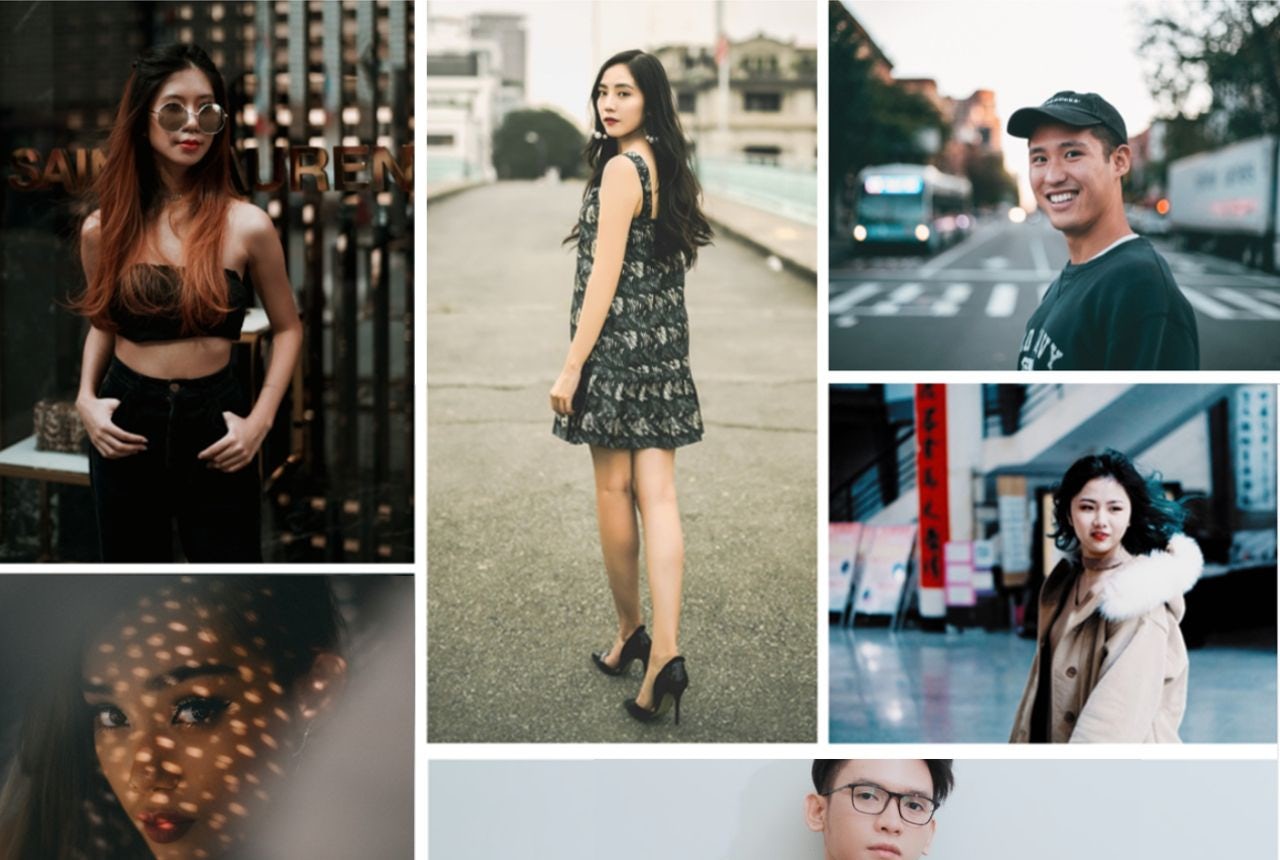This month saw the release of leading WeChat marketing agency Walkthechat’s China Luxury Report, aggregating data from sources including McKinsey’s The Age of Digital Darwinism, L2’s China Beauty Report, Deloitte/Secoo’s China Luxury E-Commerce White Book, and Bain’s China Luxury Report.
The report amassed a number of findings pivotal to the growth of luxury industries in China, the most fundamental of which is that Chinese customers already make up 32 percent of the global luxury market, and that number is predicted to rise to 44 percent by 2025.
The process of synthesizing data across reports, however, brings challenges. As brands look to data for guidance in the Chinese market, aggregating reports raises the question of whether companies are defining luxury in the same way.
A key example of this is Walkthechat’s report stating that according to Secoo, wine accounts for 76 percent of China's luxury market, with apparel and footwear next in line at seven percent. Mckinsey, L2, and Bain do not consider the alcohol industry in their reports, and Deloitte excludes wine from its luxury study.
Walkthechat’s co-founder Thomas Graziani spoke to Jing Daily about what they learned by synthesizing disparate data sources.
What are the benefits of bringing all of this information together?#
Aggregating many reports is a great way to provide users with an exceptional amount of value in a short read. Each industry report usually contains a few insights with a lot of discussion around them. We keep just the core insights. It's also difficult for companies to find the common threads and patterns between different reports by oneself. Bringing the information together is a good opportunity to analyze what different consulting and market research firms have to say about similar topics.
And what are some of the inconsistencies you've found when looking at reports on Chinese luxury?#
The inconsistencies naturally come from two main causes. First and most importantly, different companies use the same words to define completely different things. Any form of prediction into the future is also highly contentious as research models can differ widely.
Do all these reports define luxury in the same way?#
They don’t. The term “luxury item” is extremely vague. A bigger problem is that not all of the reports specify their own definitions of "luxury goods". The McKinsey report Chinese Luxury Consumers: The 1 Trillion Renminbi Opportunity doesn't provide a clear definition. The Secoo report includes wine and portable devices in its list of luxury items. On the other hand, the Deloitte Global Powers of Luxury Goods Report 2017 specifically excludes wines and spirits from its analysis. L2’s China Beauty Report exclusively looks at beauty and cosmetics companies. It’s a challenge to bring the information together.
What new relationships were identified by bringing the results together?#
A lot of trends and relationships can be discovered or confirmed by cross-checking the data between the different reports. For instance, the various reports make the trend of rising domestic luxury consumption very clear, and it correlates with the global convergence in luxury goods price. The rise of WeChat Stores as a sales channel for luxury brands is another trend that is confirmed by crosschecking the various reports.
I think the most interesting finding is this rise of WeChat stores as a part of luxury brands’ portfolios. In the future, we’re expecting WeChat mini-programs to be more disruptive in the luxury ecosystem in China.


